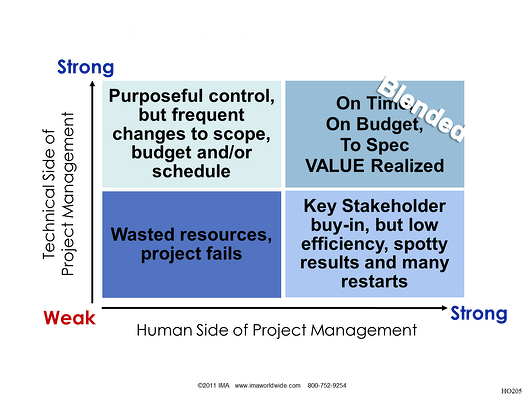What falls under the change leader job description in best practice change management consulting? Here's a role description we use in our own change management consulting where we are applying the Accelerating Implementation Methodology (AIM) to complex, large-scale changes in our client organizations: 
1. Create and maintain an updated AIM-based program-level implementation plan.
2. Increase the capacity of the organization to implement change.
This includes:
- Building and maintaining program sponsorship. As a change leader, your change management consulting should be focused on building the cascade of reinforcing sponsors at each management level. The acceleration power is in the cascade of commitment the change leader develops through a structured sponsor contracting process.
- Developing agent capacity. The network of change agents must have the right skills, traits, and characteristics. You must also be certain you have the right numbers, in the right places. The best way to determine this is through key role mapping-- one of the most critical deliverables of the change management consulting process.
- Improving target readiness. The change leader must have have a plan in place to identify the sources of resistance, manage the resistance, and build readiness through pro-active strategies like involvement.
3. Provide AIM change management consulting and support to both sponsors and agents. This should include a targeted education and awareness-building plan that is fit for purpose for each audience. It's not enough to just educate the change agents; sponsors need education as well so that they are aware of the critical role they play in expressing, modeling, and reinforcing the change.
4. Assure that project work plans and change implementation plans are integrated, both vertically and program-wide. Change plans should not be bolted on or run in parallel to the technical project plan-- 
5. Assess and then communicate implementation risks to the steering committee in a timely and direct fashion. Note that it is extremely useful if the steering committee has a strategic awareness of the elements of the change management methodology from a leadership perspective-- how do the human, cultural and organizational elements of the change affect the speed and likelihood of value realization for projects?
6. Develop and deploy strategies to address program-wide implementation risks/themes/issues. The change leader must have a grasp of implementation risks given the inter-dependencies of the projects, and deploy strategies to overcome barriers to change. These barriers to change are dynamic so the AIM "risk dashboard" is the test-ground for identifying what is happening right now and what actions need to be taken. The change management practices can't be a "check the box" activity-- you are never done generating sponsorship, building readiness, developing communication, or building reinforcements until you achieve all the business, technical, and human objectives for the change.
7. "Be the Change." The change leader must visibly and consistently demonstrate the behaviors that are consistent with the future state.


